Seated nude, 1924
Oil on canvas, artist's studio stamp lower left
47 x 39 cm
Provenance :
Atelier Alfred Lombard
Private Collection, France
Bibliography :
Giulia Pentcheff, Alfred Lombard (1884-1973), Editions Galerie Alexis Pentcheff, 2019, reproduced p.198, n°128.
Alfred LOMBARD, a painter born in Provence at the end of the 19th century, whose artistic career took him from Fauvism to monumental decoration, and from monumental decoration to daring plastic experiments.
Alfred LOMBARD was born in Marseille in 1884. Born into a wealthy family, he studied history and literature at the University of Aix-en-Provence. While this approach satisfied his father's wishes, and partly satisfied the young man's intellectual curiosity, which led him to take an interest in many fields other than painting, it did not satisfy the aspiring artist. For several years now, Alfred Lombard has been progressing almost blindly along a path that resolutely calls out to him. On this solitary path, the watercolorist Joseph Cabasson had somewhat guided his steps by teaching him the rudiments of oil painting.
In 1903, he tried to obtain both his family's approval and the necessary financial support before enrolling as a first-year student at the Ecole des Beaux-Arts in Marseille. However, what he found there, far from satisfying his appetite for learning, frustrated him terribly. He soon left the school, vociferously criticizing a form of teaching that, in his view, paid too heavy a price for the hierarchical relationship between master and pupil to allow true artists to develop to their full potential. While he respects tradition, he places even greater emphasis on defending the freedom and independence of artistic expression.
Not without a certain idealism, he embraced a career that was marginal for his background. He chose to enter the profession head-on, and joined Alphonse Moutte's workshop as an assistant, while the latter was working on a commission for a large-scale decoration. Lombard thus nurtured, almost instinctively as a young man, a strong sense of revolt against the academicism that paralyzed provincial artistic life. From this disgust arose a desire to change things, to act so that Provence could finally shine on an artistic level. The spark was ignited by a major international event, which for once took place in Marseille.
In 1906, the Colonial Exhibition acted as a formidable catalyst, creating encounters and emulation between artists from different fields. Lombard met the poet Emile Sicard, then director of the magazine Le feu, founded the previous year to promote artistic and cultural events in Provence. He also discovered shared preoccupations with the young exhibitors in the Provençal art section, such as Louis Audibert, Charles Camoin, Auguste Chabaud, René Seyssaud and Louis-Mathieu Verdilhan, particularly in terms of color research and the treatment of pictorial matter. Lombard was no longer alone. He could count on the support of other Provençal artists who, like him, refused to stand still and deplored the lack of artistic structures. This was the “Provençal Renaissance” he would evoke in his youthful reminiscences collected at the end of his life.
In summer, Lombard met up with Audibert in Allauch for outdoor work sessions. With Verdilhan, he also takes part in meetings of the Groupe du Poteau. He also met the poet Joachim Gasquet and his wife Marie, who welcomed him to their Fontlaure estate in Eguilles, among the paintings of Paul Cézanne.
At the end of 1906, the Société du Salon de Provence was formed, with the aim of bringing annual international exhibitions of painting, sculpture and decorative arts to Marseille. The aim was to import to Marseille the Salon d'Automne it lacked. Among the artists taking part in the Salon, illustrious names such as Carrière, Rodin, Henri Martin and Cézanne drew in their wake admiring local painters: Astruc, Audibert, Barret, Cabasson, Carrera, Casile, Cauvet, Chabaud, Giraud, Germain, Ravaisou, André Verdilhan... Reactions to this “revolution” ranged from enthusiasm to incomprehension.
However, despite this dynamic intention, the exhibition organized in 1907 was not followed by other events within this framework. However, the formula would be taken up again and enriched a few years later under the impetus of the same group of young artists. In 1912 and 1913, the “Salons de Mai” were held in their studios on the Quai de Rive Neuve. The presentation of visual works was accompanied by concerts, recitals and talks. A catalog reproducing the works presented was published for the occasion, along with a special issue of the magazine Le feu, illustrated by Pierre Girieud and Alfred Lombard. But collectors did not follow suit, and in any case, the outbreak of war put the brakes on these ventures, leaving the region on the sidelines of major artistic events for a long time to come.
In parallel with his local involvement, Lombard took part in the Paris Salons, where, from the first decade of the twentieth century onwards, he distinguished himself as one of the most talented representatives of the younger generation of Fauve artists. His work was shown in the capital's most prestigious galleries, and he had two solo exhibitions: at Rosenberg in 1914 and at Druet in 1925. However, his professional standards soon led him to distance himself from the commercial circuits of the art world, which he rejected. It was on the bangs of any official career, his personal resources shielding him from financial need, that he continued his theoretical and practical research, always close to his friend Pierre Girieud.
In the 1920s, Alfred Lombard became more interested in still lifes and nudes, in a style that was very different from the one that had previously characterized him: refined decor, softer colors and greater freedom in stylistic research. In the 1930s, the artist abandoned his easel to devote himself to decorative art. His collaboration with architect Pierre Patout, whom he met at this time, enabled him to express himself on a number of large-scale projects: the decoration of the chapel on the liner “Atlantique” in 1931, and that of the “Normandie” in 1934.
Through this approach, which he theorized at length, Lombard sought to adapt modern pictorial representation to the mural medium. His research continued until the end of his life, integrating new stylistic preoccupations around abstraction, in an incessant questioning between the work and its creator. The artist died in Toulon in 1973. It was only after Lombard's death that the diversity of his work was revealed, and his involvement in the artistic life of Provence before the First World War recalled, as well as the astonishing evolution of his production. We owe this posthumous discovery in particular to the enthusiasm of his daughter, Claude Féral, who succeeded in obtaining from the Musée Cantini the favors of a special exhibition at the end of the 1980s. The Musée de l'Annonciade had already highlighted some of the artist's work in its exhibition devoted to “Fauvisme des Provençaux” at the beginning of the same decade, and has since persevered in the constant promotion of emblematic works by the artist that have entered its collections, such as Le Bar N.
In 2014, Galerie Alexis Pentcheff devoted a retrospective exhibition to the artist: Alfred Lombard, Redécouverte. Alongside the artist's family, it continues to work for the rediscovery of this unclassifiable work. The monograph, accompanied by an essay for a catalog raisonné of the artist's painted work, by Giulia Pentcheff, was published in 2019.




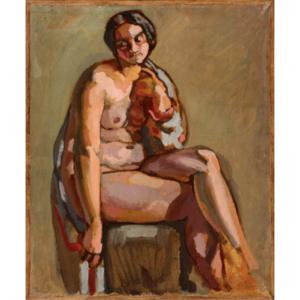




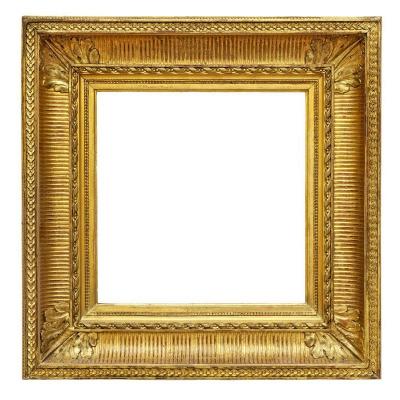
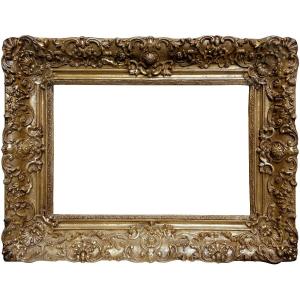
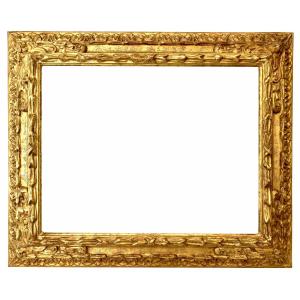

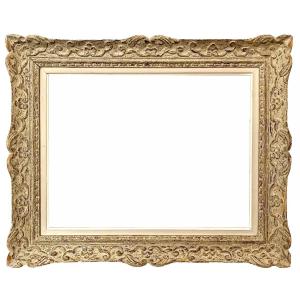


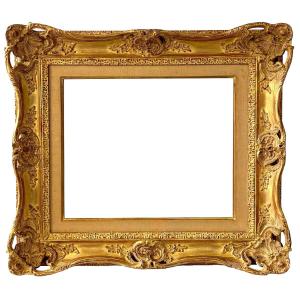
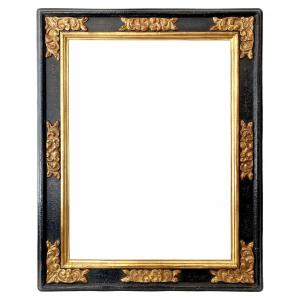






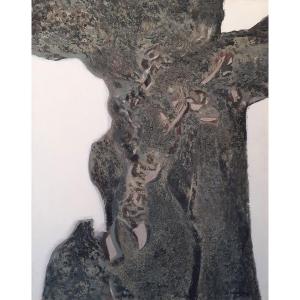
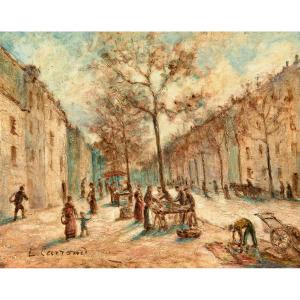
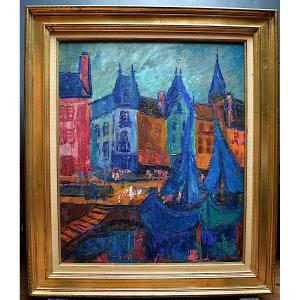




 Le Magazine de PROANTIC
Le Magazine de PROANTIC TRÉSORS Magazine
TRÉSORS Magazine Rivista Artiquariato
Rivista Artiquariato